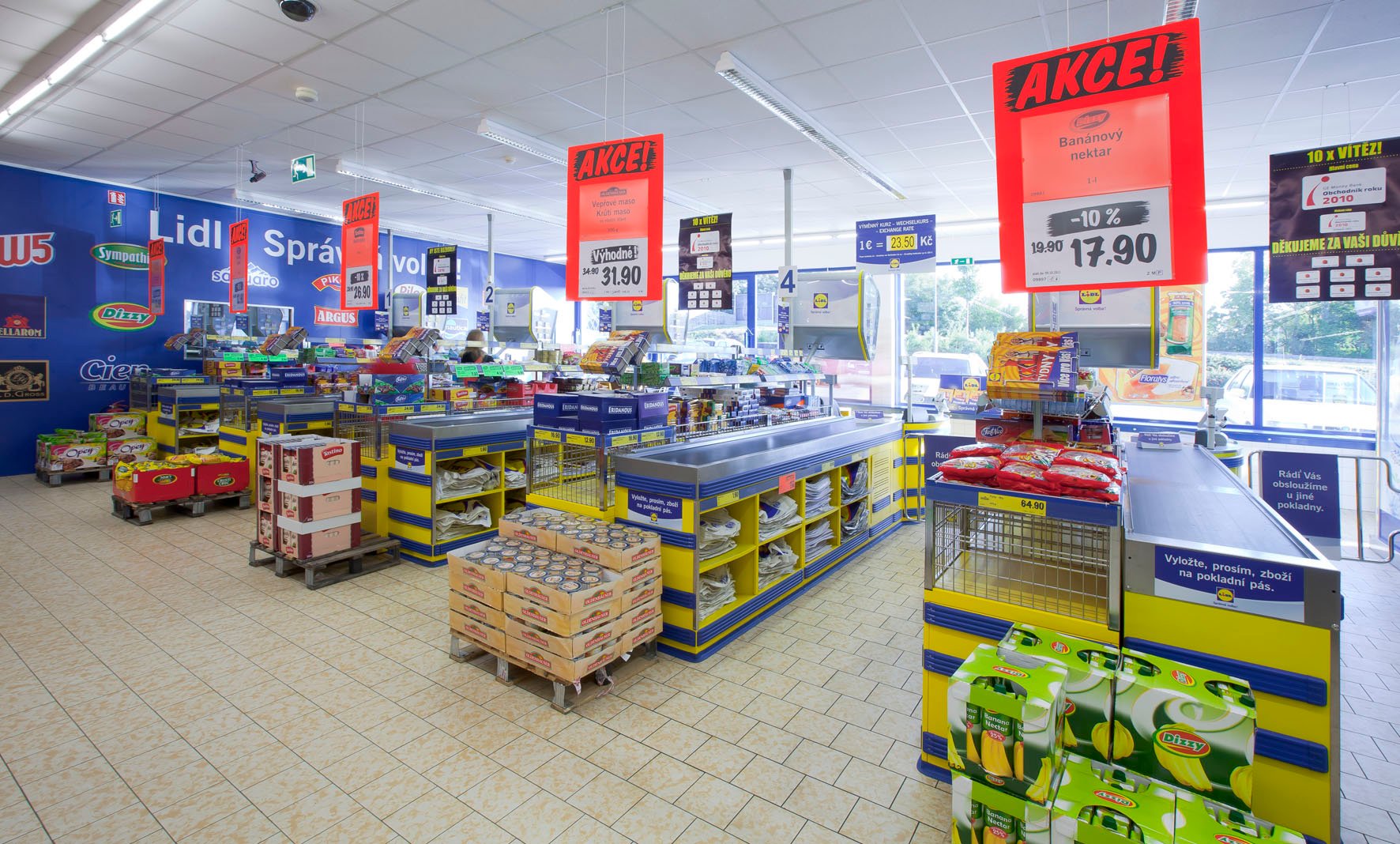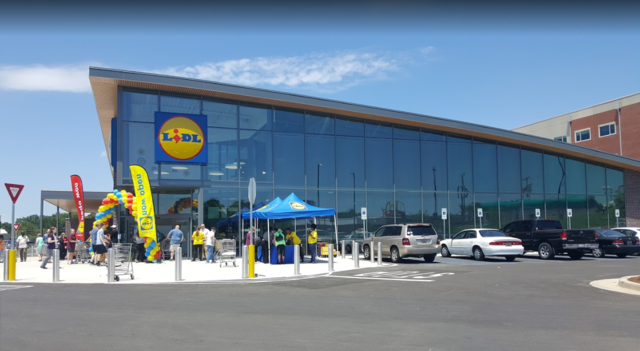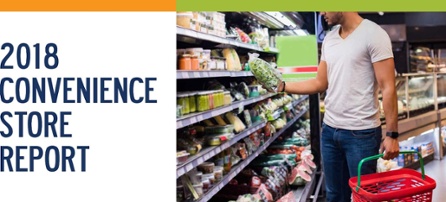After much fanfare last year, during which Lidl (whoa-oh-oh-oh) promised to “change the way the US shops,” the actual rollout has been somewhere between underwhelming and outright disappointing. Indeed, the German company recently scaled down its projections from 100 new stores in 2018 all the way down to 20.
According to one analyst, “Their new strategy suggests…they are not hitting their sales per week numbers.” Even Klaus Gherig, CEO of Lidl’s parent company, the Schwarz Gruppe, has admitted that “several things have gone wrong,” including poor site selection, oversized locations, and a lamentable lack of insight into US shopping preferences.
But we have an inkling this isn’t the end of the world, that this is more of a strategic regrouping than outright retreat. So follow us as we tackle the grocery market research, assess Lidl's current state and potential future, and offer some advice for how they can better understand the marketplace (hint, it involves market research shop alongs).
'Getting to Know You' v. 'We'd Love to Keep You'
The German discount retailer, which sells almost exclusively private label goods (90% of its products Lidl branded) currently operates in six states: North and South Carolina, Virginia, Delaware, New Jersey, and Georgia, with plans to open in Staten Island by the end of the year.
But, much like another foreign invader, Drake, Lidl has fallen victim to its own hype, publicity, and posturing (though not nearly as shamefully or publicly as Drizzy). Announcing their attack of the US eastern seaboard with prices expected to be 9% lower than Walmart’s, Lidl got the public, as well as its competitors, ready for some serious price cuts.
And while the news certainly whetted the public’s appetite for lower prices, it also put competitors on notice, and their response has been notable: Aldi, Food Lion, Kroger, Publix, and Walmart have all lowered prices at locations within Lidl striking distance. Indeed, according to a study from UNC, competitor prices were an average of 9.3% lower than in markets where Lidl was not present, with some staple products dropping as much as 55%.
Before Lidl could woo customers with 'getting to know you' prices, competitors had already instituted their own 'we'd love to keep you' prices. By announcing its entrance and intentions long before setting foot in the ring, Lidl basically gave their opponents some free time to warmup and strategize.
Basically, Lidl forced competitors to eat into their margins to ensure customer loyalty, and it seems this strategy has worked to a certain extent. Consumers greet new Lidls with open arms, but not necessarily because they plan to shop there, but rather because they have come to understand that a Lidl tide will lower prices everywhere.

If You Build It, They Still Might Not Come
So Lidl, again much like Drake, is going to have to slow its roll for the time being. They are reducing the average store selling area from 22,000 square feet to 15,400, acquiring more leased properties for a faster development turnaround, and slowed their incremental expansion plans for the year. They are also entering into a pilot delivery partnership with Shipt, seeing if it can dip its foreign toes into domestic delivery waters.
The turnaround hasn’t been without its negative publicity. Indeed, after pulling out of several projects already in development, they have found themselves in court with Dallas-based firm Leon Capital filing suit earlier this month. The complaint cites “Lidl’s fraudulent and deceptive conduct and its intentional and wrongful termination of certain agreements, contracts and promises” related to three separate projects.
And this is just one developer tied to three projects—recall that they have scaled back their expansion plans at the expense of many such projects, and you see how developers cite a “litany of broken promises, foreclosures, defaulted contracts, unpaid contractor, and financial hardships.” And while some of this is attributable to their shift in expansion strategy, some of it seems to be business as usual for the company, which entered into agreements with roughly 400 real estate sites, but even according to its own press releases, only intended to construct 100-150 stores.
Learning Lessons from Market Research Shopalongs and Tesco
It is tough to penetrate a new grocery market, even after coming to dominate several in succession. Just ask Tesco, whose Fresh & Easy brand rollout in the United States proved an unmitigated disaster with $1.2 billion in losses over only 7 years.
But such foreign penetration is not impossible. Again, just ask Tesco, which saw Aldi and Lidl come to eat their British grocery market lunch (cucumber sandwiches?) while also selling it at an unbeatable discount.
Here’s the thing, and it seems obvious, but each consumer base is different. As stores amass more and more data, regional, local, and even customer specificity and individuation are carrying the day. Just think about the regional distinctions national grocery chains must respect and cater to, and the reams of market research they undertake to understand these local peculiarities. Well, those distinctions are even greater when entering an entirely new country. But they still have time to get it right.
That's why we suspect Lidl is running some market research shop alongs on their roadtrip to Damascus. The methodology provides the right combination of qualitative and quantitative insights to help recent market entrants understand their ideal consumer’s priorities, preferences and pain points. This is exactly the type of insights Lidl needed pre-rollout, and the kind they are no doubt assembling, even as you read these here words.
There is simply no substitute for insights derived from actual boots-on-the-ground market research. Sure, digital is king right now and maybe forever, but some things literally cannot be emailed in. In-person shopalongs allow grocers to understand how consumers want to engage and navigate retail locations, and what obstacles they encounter while doing so.
For Lidl, these initial lessons seem to have come a bit later than they would have liked, but having learned them, they are reducing store size and planning a more incremental expansion in order to implement market research insights.
Wait, Nobody Remembers that Boz Scaggs Lido Song? Nobody Else is Humming it Right Now?
There are indications that their new approach is paying off and they are already implementing early lessons. According to a recently-released Oliver Wyman survey, nearly half the customers who have shopped at a Lidl now shop there regularly (more than twice a month) and are spending more per shopping trip.

Even more impressively and importantly, consumer satisfaction is higher at recently-opened stores than at first-wave stores, suggesting that Lidl has already started to adjust to national and regional market peculiarities. They’re getting better.
Consider that 46% of Lidl consumers report shopping there for quality and fresh products, while 39% value its low prices. Organics, wine, and meat—all items that are not generally associated with deep discounting—are among consumers’ favorites at Lidl stores.
This probably explains why Lidl is most popular among the all-important 18-34 demographic, who want to have their organic cake at an affordable price, and to eat it too.
Lidl Store, Big Dreams
Leaning into that best-of-both-worlds image will continue to drive traffic to Lidl, who seems poised to challenge not only legacy big-box grocers like Kroger and Walmart, but also plucky millennial favorites like Trader Joes and The Fresh Market, as well as Lidl’s more successful countryman, Aldi.
Their stores aren't big enough to hold everything, so they need to leverage market research to figure out what to put where in order to ensure consumers still see them as a primary (not supplemental) store. What staples and quirks do their ideal customers want?
Lidl ideally would like to be the kind of shop where a millennial of refined taste (read: hipster) can purchase a watermelon IPA, frozen egg muffin breakfast sandwiches, and the ingredients to make organic lemonade from scratch (Beyoncé provided a recipe), but also where a stay-at-home father can get brown rice, broccoli, and some chicken thighs. They can't be everything to everybody, but they can identify their most important somebodies and target them.
Given that the most popular reason for not shopping at Lidl seems to be there simply aren't enough close by, there's some serious growth potential despite ominous beginnings. Drake though, well, that might be tough to come back from.


